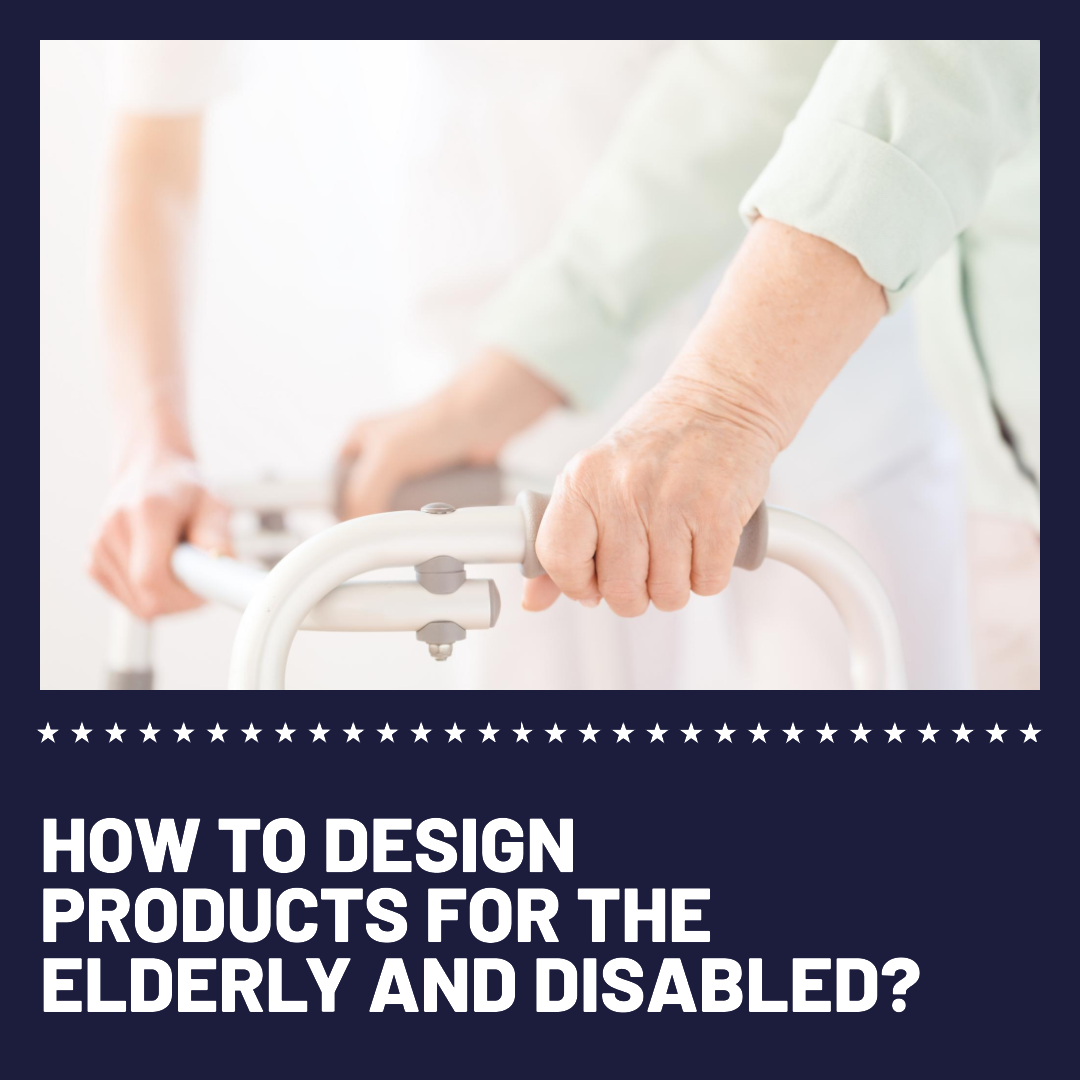How to design for user safety in product design?
User safety is a critical consideration in product design. Designers have a responsibility to ensure that their products are safe to use and do not pose any unreasonable risks to users.
There are a number of ways to design for user safety in product design. Some of the most important factors to consider include:
- Identify potential hazards: The first step is to identify the potential hazards associated with your product. This includes considering all of the ways in which the product could be used and misused.
- Eliminate hazards: Once you have identified the potential hazards, you should try to eliminate them as much as possible. This may involve designing the product differently or using different materials.
- Guard against hazards: If you cannot eliminate a hazard, you should guard against it. This may involve adding safety features or warning users about the hazard.
- Provide instructions: You should provide clear and concise instructions on how to use the product safely. The instructions should be easy to understand and should be written in the language of the target users.
- Test the product: Once you have designed the product, you should test it to ensure that it is safe to use. This may involve conducting safety tests or having users test the product.
Here are some tips for designing for user safety in product design:
- Use a human-centered design approach: A human-centered design approach involves designing products with the needs and abilities of users in mind. This includes considering the physical, cognitive, and emotional needs of users.
- Use universal design principles: Universal design principles are a set of guidelines for designing products that can be used by as many people as possible, regardless of their abilities. Some of the key universal design principles include flexibility in use, equitable use, simple and intuitive use, perceptible information, tolerance for error, low physical effort, and size and space for approach and use.
- Use safety standards: There are a number of safety standards that can be used to guide the design of products. These standards are developed by organizations such as the International Organization for Standardization (ISO) and the American National Standards Institute (ANSI).
- Use safety experts: If you are unsure about how to design for user safety, you can consult with safety experts. Safety experts can help you to identify potential hazards and to design your product to be safe to use.
Here are some examples of how to design for user safety in product design:
- Sharp edges: Sharp edges can cause cuts and other injuries. To design for safety, sharp edges should be rounded or covered.
- Hot surfaces: Hot surfaces can cause burns. To design for safety, hot surfaces should be insulated or marked with warning labels.
- Small parts: Small parts can be a choking hazard for children. To design for safety, small parts should be avoided or made large enough so that they cannot be swallowed.
- Electrical hazards: Electrical hazards can cause shocks and fires. To design for safety, electrical components should be properly insulated and grounded.
- Trip hazards: Trip hazards can cause falls. To design for safety, trip hazards should be eliminated or marked with warning labels.
By following the tips above, you can design products that are safe to use for everyone.








